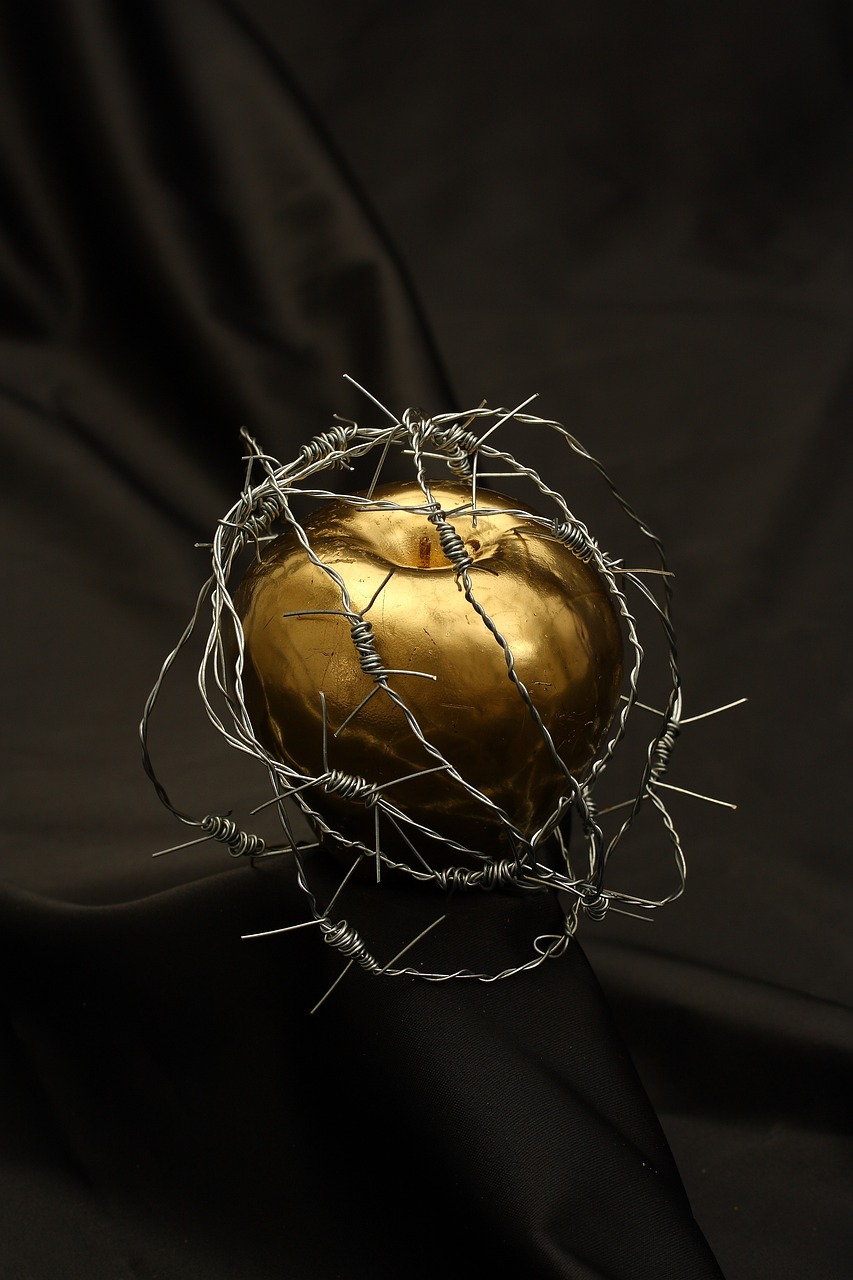Understanding Hel: The Norse Goddess of the Underworld
Hel is a prominent figure in Norse mythology, drawing references from multiple ancient texts including the Prose and Poetic Eddas, Hemskringla, and Egils Saga. Her presence is noted in the historic Gesta Denorum and even appears on Viking-era bracteates (metal jewelry) as well as in Skaldic poetry and ancient artifacts, such as the Setre Comb from the 6th century. Commonly recognized by the Anglicized name Hela, she shares a name with her dominion, which implies meanings related to hiding, covering, or a concealed place, similar to Hades from Greek mythology. Both figures and their realms have been misrepresented and distorted by later Christian narratives.
Hel embodies both a mythical domain and a more literal interpretation connected to burial practices. Mythically, it occupies a space far north of Miðgarðr and below it, framed as a kind of Underworld. Like Hades, Hel’s realm is separated from the living world by formidable rivers that are challenging to traverse. According to Snorri, Hel resides in Niflheim—a primordial realm characterized by ice and mist—suggesting that the concept of Hel predates the Viking Age. The entrance to Hel is depicted as a magnificent structure guarded by Garmr, a fierce hound responsible for keeping the dead contained and the living away. The similarities between Garmr and Greek Cerberus are notable, although the term “Helheim” is a contemporary designation that helps differentiate her domain from the Christian concept of Hell.
In the Eddas, Hel’s siblings include Fenrir and Jörmungandr, both progeny of Loki and the jötunn Angrboða. Her role in the afterlife is to welcome those who have died by natural causes, depicted as a “straw death.” Her appearance is striking, characterized as part beautiful and part cold—representative of mortal decay. Modern representations have taken creative liberties, often depicting her in a more macabre way, aligning with popular interpretations in both contemporary paganism and cultural narratives.
Norse mythology, much like other belief systems, encompasses various theories regarding what happens after death. Contrary to modern misinterpretations, Norse paganism does not portray Hel as a domain of exhaustive suffering for the deceased. Instead, it is a nuanced and multifaceted concept. Unlike the pervasive notion of Hell as a place of eternal punishment, Hel is depicted in more hospitable terms, particularly in the context of Baldr and Nanna’s warm reception in Hel, where they are treated with kindness and luxury—a significant departure from portrayals of infernal doom.
However, Hel does maintain a place for those deemed wicked, known as Náströnd, where the dragon Níðhöggr is said to consume the remains of the dishonorable. This portion of Hel’s realm is designated for murderers and oath-breakers. As with many aspects of mythology that underwent Christian reinterpretation, Náströnd became twisted into a vision of unending suffering, akin to the Christian understanding of Hell.
With the advent of Christianity in Europe, Hel was transformed into Hell, and her father Loki was equated with Lucifer. This transformation influenced literary works, such as those by Dante, who drew upon the imagery of Niflhel to shape his narrative of the afterlife in the “Inferno,” thus entwining ancient beliefs with evolving Christian theology.
Traditional Danish lore paints a portrait of Hel riding a three-legged horse named Helhest. In this mythological depiction, similar to Óðin, Hel roams the earth, collecting souls—an act that resembles the raven associations found in Celtic mythology. Just as Óðin gathered the souls of warriors, Hel collects those who succumb to illness and famine. Her presence symbolizes the important cycle of life and death, where illness, often perceived negatively, also serves as nature’s method of population control.
Historical texts by Saxo liken Hel to Proserpine (or Persephone), indicating a shared cultural and mythological background between Norse and Greco-Roman traditions. This interrelation points to a common Proto-Indo-European heritage where Hel and Persephone may have their origins and thus share fundamental characteristics.
In contemporary interpretations, some pop-culture narratives mistakenly equate Hel with the Christian notion of Hell, failing to recognize the distinct and complex nature of her domain. The notion of “Helheim” serves merely as a modern invention to delineate her realm from Christian perceptions. While the origins of such labels are recent, the collective mythos surrounding the afterlife continues to evolve and adapt.
Hel’s domain, akin to that of Hades, encompasses a diverse landscape that combines elements of both despair and beauty. Rather than being solely a dreary underworld, Hel’s realm is portrayed with contrasting features, offering rays of light and moments of serenity, suggesting the complexities of existence. In the poem Alvíssmál, various weather phenomena and celestial bodies are associated with Hel, which indicates that her existence was richly varied, featuring both shadows and illuminations.
Depictions and Symbolism
Common symbols related to Hel include dark horses, ravens, burial sites, and tokens associated with death and decay. The imagery of brooms, witches, and health crises marries old narratives with contemporary folk tales, illustrating her significant role in cultural lore. Natural cycles of life, represented through the themes of death and rebirth, capture the essence of her being, where the macabre is merely part of a larger cycle of renewal.
Hel is recognized by numerous names, including Helja, Hella, and Proserpine, with each title reflecting her multifaceted nature across various cultural interpretations.



